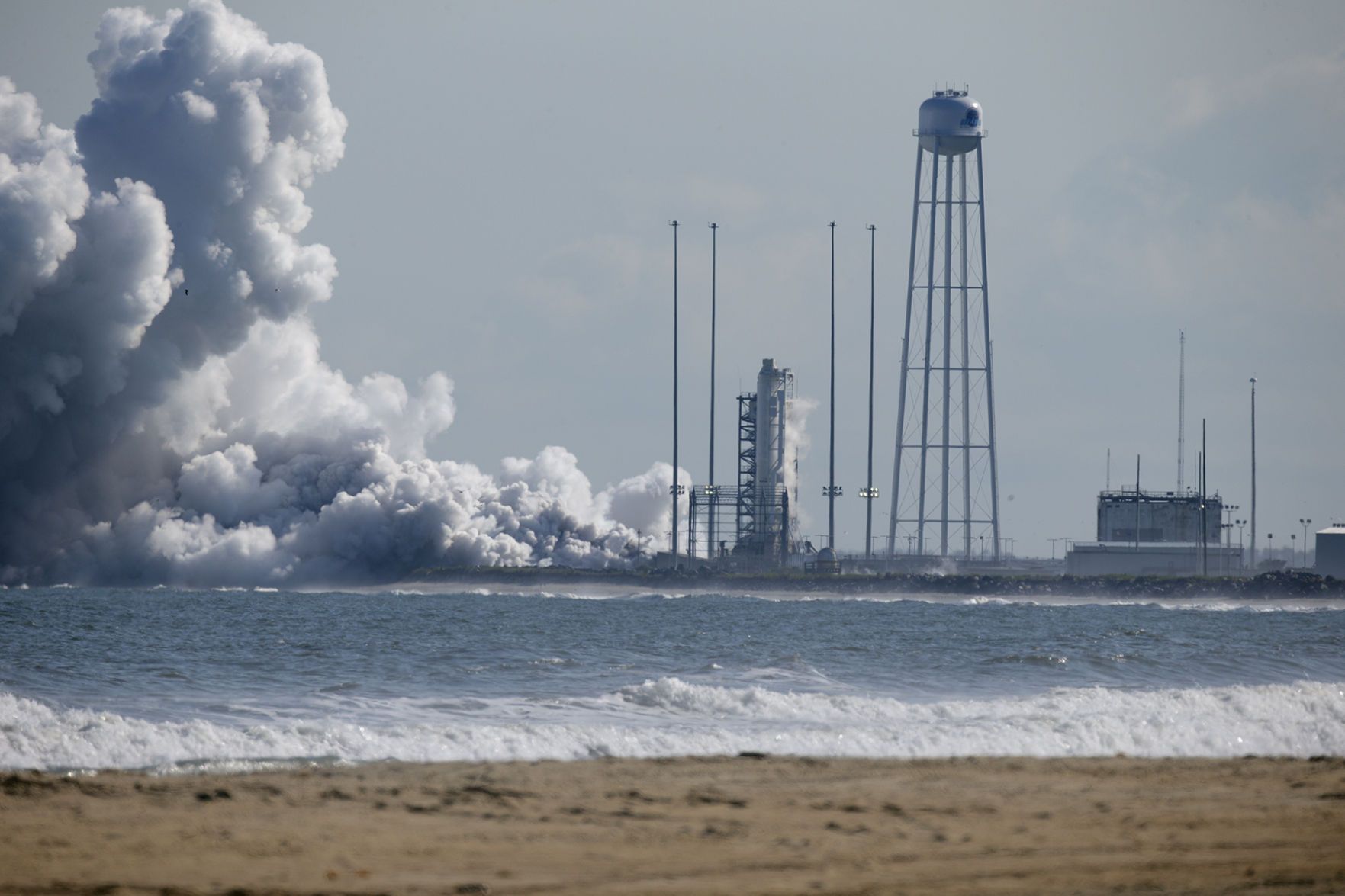Jun 27, 2016
Sun Has Likely Entered New Evolutionary Phase, Say Astronomers
Posted by Bruce Dorminey in categories: evolution, space
The Sun has hit a heretofore unforseen middle-aged evolutionary phase that is characterized by decreasing solar magnetic activity, including starspots and coronal mass ejections, say the authors of a new paper just submitted to APJ Letters. NASA’s Kepler Space Telescope enabled the team to make the determination. The good news is that we have another 5 billion years of relative quiescence before the Sun begins its expansion as a Red Giant.
The Sun has likely already entered into a new unpredicted long-term phase of its evolution as a hydrogen-burning main sequence star — one characterized by magnetic sputtering indicative of a more quiescent middle-age. Or so say the authors of a new paper submitted to The Astrophysical Journal Letters.
Using observations of other sunlike stars made by NASA ’s Kepler Space Telescope, the team found that the Sun is currently in a special phase of its magnetic evolution.
Continue reading “Sun Has Likely Entered New Evolutionary Phase, Say Astronomers” »
















